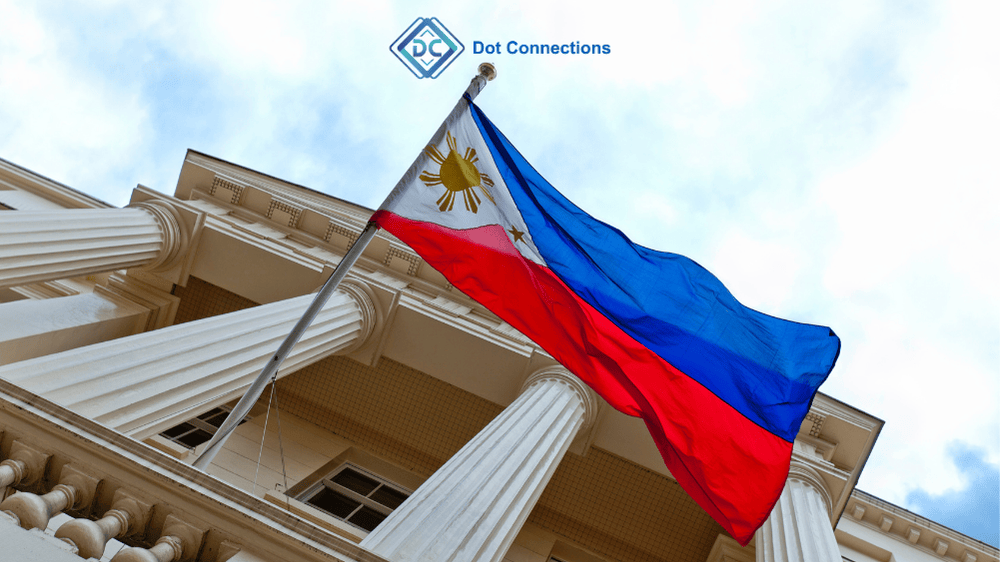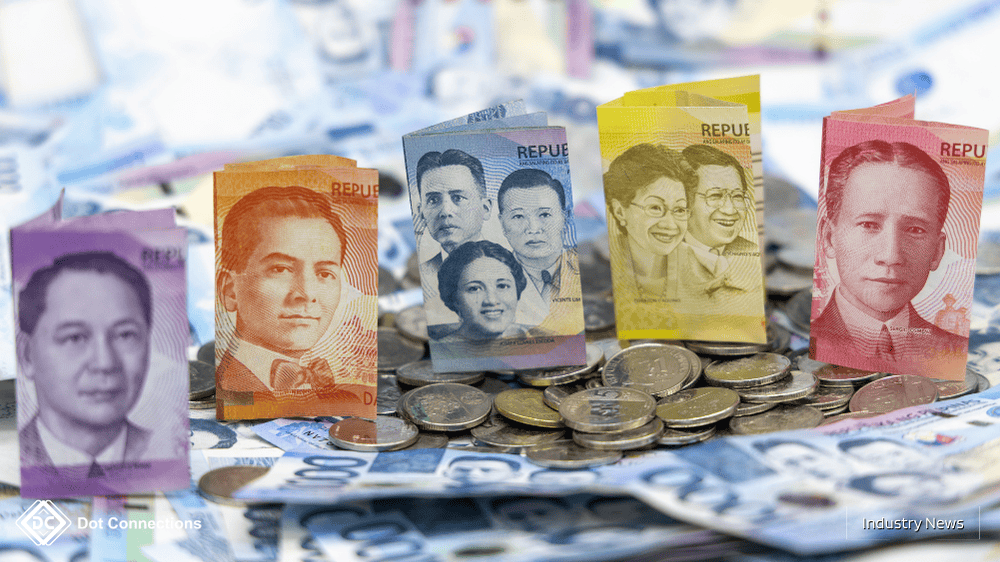
As of Aug 2025, Philippines iGaming payments regulation took a sharp turn oversight: the central bank (BSP) suspended in-app gambling links and ordered e-wallets and banks to remove access within 48 hours while it finalizes payment-layer rules—an OGTA (online gambling account), daily caps, time windows, and biometrics—as the Senate debates options from a total ban to tighter regulation. In parallel, PAGCOR and the Ad Standards Council are tightening ad screening and licensed operators have launched the PlaySafe Alliance, signaling a market intent on sustaining legal revenues while dialing up consumer protection. Here’s what to do now.
The Philippines remains one of Asia’s most dynamic gaming markets. Q1 2025 GGR reached ₱104.12B, up ~27% YoY, driven by E-Games/E-Bingo and digital migration—setting the tone for a strong first half.
But regulators have shifted focus to how money moves. On Aug 14–15, the BSP issued Memorandum M-2025-029, instructing all BSP-supervised institutions to remove in-app links to gambling sites within 48 hours. Several e-wallets announced compliance windows and cutoffs soon after.

BSP’s exposure draft outlines a framework that ring-fences gambling spend: users would fund a separate OGTA, with transfers capped at ≤20% of Average Daily Balance and limited to a ≤6-hour transaction window per day; heavy usage would trigger a 24-hour cooling-off. The draft also points to enhanced KYC (including biometrics), user tools for time/spend limits and self-exclusion, and tighter AML reporting. These are proposals—final text may change—but they preview the rulebook the market should build toward.
The Senate Committee on Games & Amusement convened on Aug 14 with bills spanning a total ban to stricter regulation, reflecting social concerns about gambling harm. The immediate implementation vector, however, is payments (BSP) and advertising (PAGCOR/ASC), not a blanket shutdown.
PAGCOR and the Ad Standards Council are finalizing a memorandum to regulate online gambling ads across media, effectively adding a pre-clearance screen for creatives and placements. Expect fewer billboard/TV windows and more scrutiny of digital ad inventory, messaging, and age-gating.
A group of 19 PAGCOR-licensed online operators announced the PlaySafe Alliance of the Philippines, signaling industry readiness to align on responsible gambling, compliance, and consumer protection—and to differentiate from the illegal market.

Read the moves as re-architecture, not retreat. By shifting guardrails to payments and ads, regulators aim to preserve licensed revenues while cutting harm and illegal access. The practical near-term edge goes to operators who can operationalize limits, RG tooling, and compliant marketing quickly—and prove it in audits.
At Dot Connections, we closely monitor global regulatory movements and market shifts to help iGaming operators and game providers make informed decisions. If you're exploring opportunities in regulated markets across Asia, Africa, or Europe, we’re here to guide you.
📩 Get in touch to learn how we can support your expansion strategy.
Follow Dot Connections for industry insights and strategic updates on global iGaming trends.